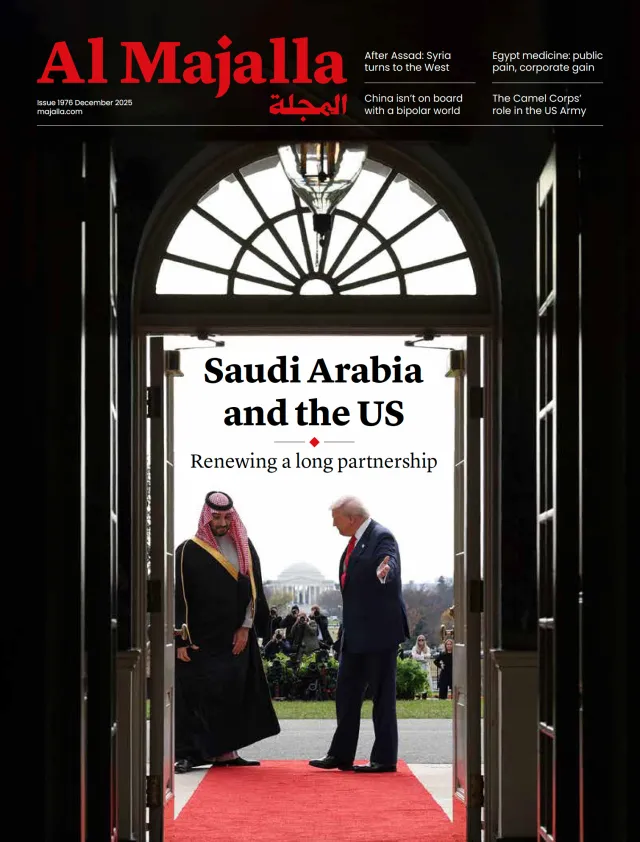After years of conflict and drama, is the Middle East now finally inching its way towards peace? The winds of change certainly appear to be blowing in that direction. There are encouraging noises from Syria, and some with Lebanon. Is this one of those once-a-century moments where circumstances align for calm? If so, how did we get here?
For decades, the Middle East has been awash with armed conflict and lofty rhetoric, whether in the name of liberating Palestine, restoring rights, defending Lebanon, or reclaiming the Golan Heights. Yet occasionally and sporadically, there have been those who ventured towards peace, often risking political capital (or more) to do so.
Egyptian President Anwar Sadat tried to initiate Arab-Israeli peace after recognising the limits of Arab military capabilities in the 1973 war, yet this was met with near-unanimous Arab rejection, and he was assassinated a few years later. In the early 1990s, after the First Gulf War once again exposed the boundaries of Arab power (this time through Saddam Hussein’s invasion of Kuwait), the Madrid negotiations and the concurrent Israeli-Palestinian peace process implicitly marked a shift.
History of violence
The trend (if there was one) was not to last, and the Second Intifada (2000–04) shattered any illusions. This was strategic misstep, embracing violence and suicide operations against Israel. The result was Israel’s full reoccupation of the West Bank, the erosion of the Palestinian National Authority’s credibility, its descent into internal strife and the bloody schism between Fatah and Hamas. The effects are still being felt today, in the Gaza catastrophe and the effective absence of the Palestinian Authority from the equation.
The American occupation of Iraq paved the way for Iran to establish buffer zones designed to prevent more threats to its heartland, such as it faced during the Iran-Iraq War on 1980-88. This enabled Iran’s sphere of influence—once primarily centred in Lebanon—to expand into Iraq, Yemen, and Syria. Sectarianism, terrorism, and ideology all converged to produce a landscape of ‘states within states.’ Soon, the old slogans of “armed struggle” and “marching to Jerusalem” were being heard again, driven by the conviction that the world only understands the language of force.




